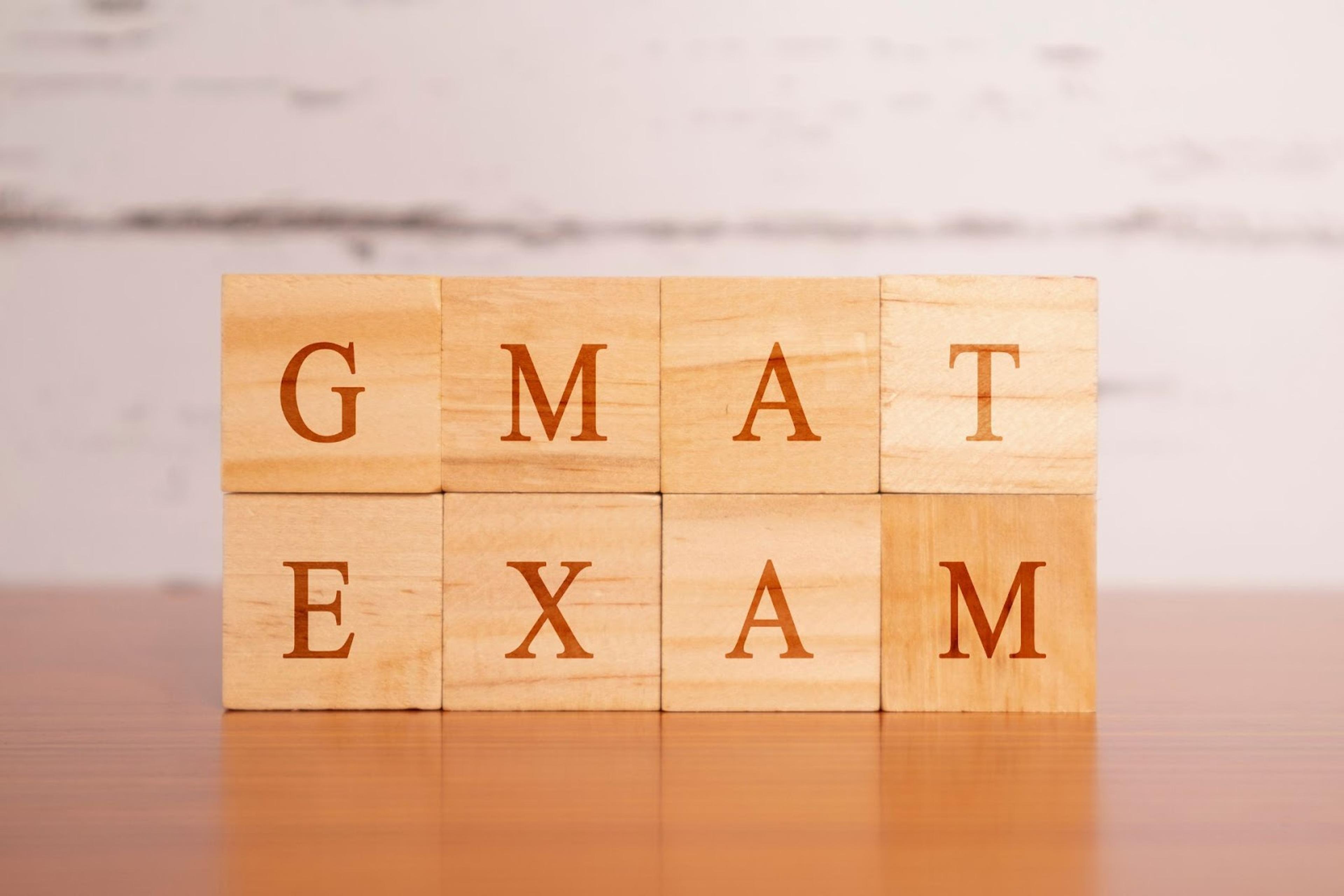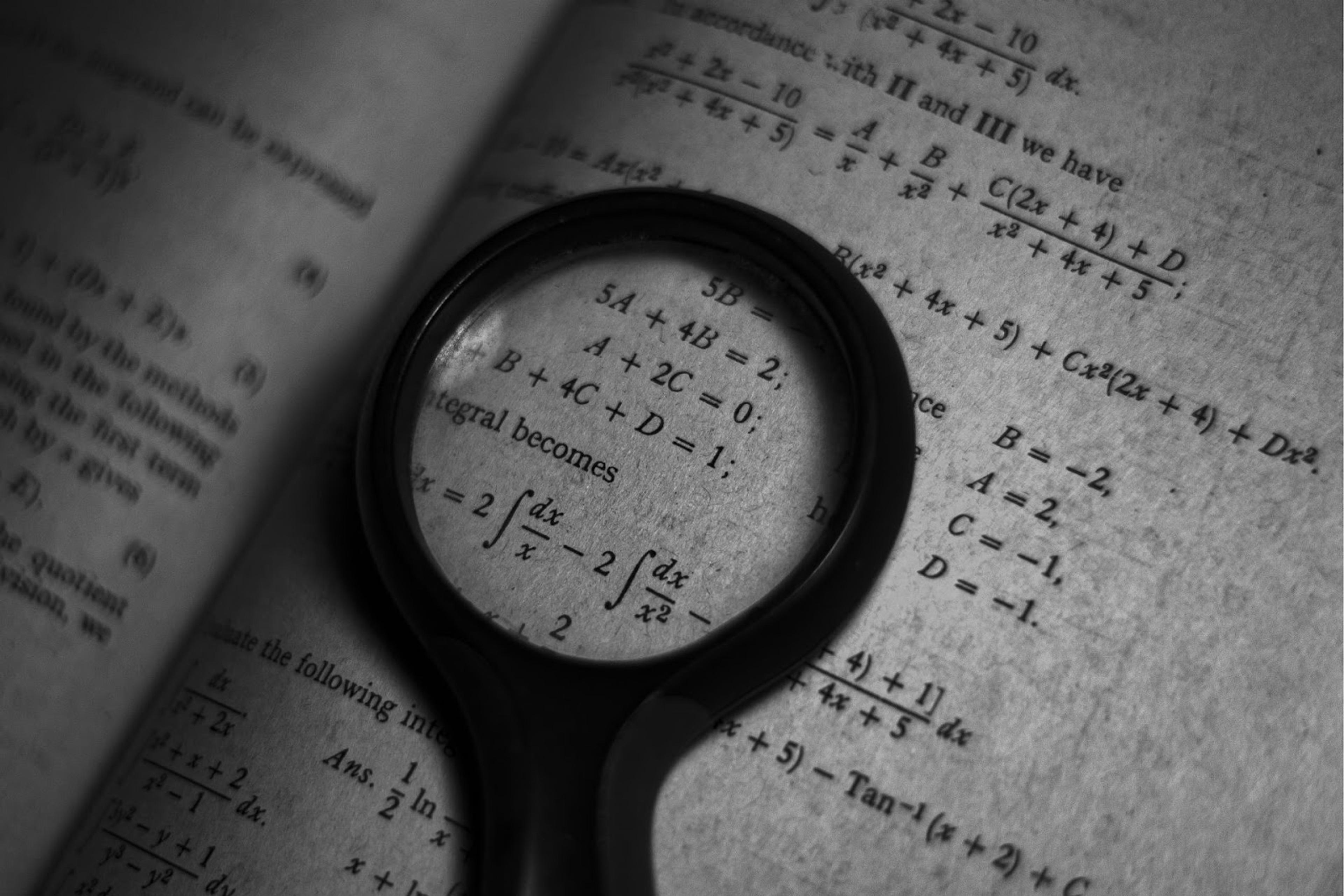
Join a free event
Learn from top coaches and industry experts in live, interactive sessions you can join for free.
Table of Contents
The quantitative section of the GMAT is an essential component of the exam and requires thorough preparation to get the highest possible score. In this article, we will provide you with useful insights on how to approach the GMAT quantitative section, how to tackle different question types, and time management strategies to help you achieve not just a passing score, but a high score.
Understanding the GMAT Quantitative Section: Format and Scoring
The GMAT quantitative section is a computer-adaptive exam that tests your mathematical and analytical skills. The section consists of 31 multiple-choice questions, which you must answer in 62 minutes. The test consists of two types of questions: data sufficiency and problem-solving. A score of 51 is the highest possible score you can achieve in this section.
It is important to note that the GMAT quantitative section is not just about solving complex mathematical problems. The section also tests your ability to interpret data, analyze graphs and charts, and make logical deductions. Therefore, it is essential to have a strong foundation in basic mathematical concepts and to practice solving problems under timed conditions.
Additionally, the GMAT quantitative section is not just about getting a high score. Business schools use your GMAT score as one of the factors to evaluate your potential for success in their programs. Therefore, it is important to aim for a score that is competitive with the average score of admitted students at your target schools. However, it is also important to remember that a high GMAT score is not the only factor that determines your admission to a business school. Your work experience, academic background, and other factors also play a significant role in the admissions process.
Tips for Preparing for the GMAT Quantitative Section
The key to getting a high score on the GMAT quantitative section is thorough preparation. Begin by familiarizing yourself with the types of questions in the quantitative section and the formulas you will need to solve them. Practice regularly with practice tests and quizzes to get comfortable with the timing and pacing of the exam. Identify your weaknesses, work on them diligently, and seek assistance from tutors and support groups if necessary.
Another important tip for preparing for the GMAT quantitative section is to manage your time effectively during the exam. The quantitative section consists of 31 multiple-choice questions that you must complete in 62 minutes. This means that you have an average of two minutes per question. To manage your time effectively, you should aim to spend no more than two minutes on each question and move on if you get stuck. This will ensure that you have enough time to answer all the questions and maximize your score.
Finally, it is important to stay calm and focused during the exam. The GMAT is a high-pressure exam, and it is easy to get nervous and make mistakes. To stay calm and focused, take deep breaths, stay hydrated, and take breaks if necessary. Remember that the GMAT is just one part of your application, and a low score does not necessarily mean that you will not be accepted into your desired program. Keep a positive attitude and do your best, and you will be well on your way to success.
Breaking Down the Different Question Types in the GMAT Quantitative Section
Data sufficiency questions require you to analyze two statements and decide whether the information provided is sufficient to answer the question. Problem-solving questions test your ability to solve mathematical equations, work with graphs and charts, and solve word problems. It's essential to identify the different types of questions to develop appropriate strategies for tackling each type.
In addition to data sufficiency and problem-solving questions, the GMAT quantitative section also includes questions on geometry, algebra, and arithmetic. Geometry questions test your understanding of shapes, angles, and spatial relationships. Algebra questions require you to solve equations and manipulate variables. Arithmetic questions test your basic math skills, such as addition, subtraction, multiplication, and division. It's important to practice all types of questions to ensure you are fully prepared for the GMAT quantitative section.
Time Management Strategies for the GMAT Quantitative Section
Time management is crucial in the GMAT quantitative section as you only have 62 minutes to answer 31 questions. Learn how to manage your time by dividing it equally among the questions. Identify questions that require more time, and don't get stuck on them. Skip challenging questions and come back to them later - remember that your goal is to answer as many questions correctly as possible in the allotted time.
Another effective time management strategy is to practice with timed mock tests. This will help you get used to the time pressure and develop a sense of how long you should spend on each question. Additionally, make sure to read the instructions carefully and understand the format of the questions before starting the section. This will save you time and prevent confusion during the test. Remember, time management is not just about answering questions quickly, but also about using your time wisely to maximize your score.
Essential Math Skills to Master for the GMAT Quantitative Section
The GMAT quantitative section tests fundamental math skills that you should master before taking the exam. These include arithmetic operations, algebra, geometry, and advanced math concepts such as probability and data analysis. Review your math concepts, formulas and practice solving different types of problems.
It is important to note that the GMAT quantitative section also tests your ability to apply these math skills in real-world scenarios. This means that you should practice solving problems that require critical thinking and logical reasoning. Additionally, time management is crucial during the exam, so make sure to practice solving problems under time pressure. By mastering these essential math skills and practicing problem-solving techniques, you can improve your performance on the GMAT quantitative section and increase your chances of getting into your desired business school.
How to Tackle Trick Questions in the GMAT Quantitative Section
The GMAT quantitative section contains some trick questions designed to test your ability to identify the hidden premise and solve the problem accurately. When tackling such questions, read the problem carefully, identify the hidden assumption, and don't get tricked by the surface level information provided.
Another important strategy to tackle trick questions in the GMAT quantitative section is to use logic and common sense. Sometimes, the answer choices may seem confusing or overwhelming, but by using logic and common sense, you can eliminate the obviously wrong choices and narrow down your options. Additionally, it's important to practice with sample questions and timed tests to improve your speed and accuracy in identifying and solving trick questions.
Common Mistakes to Avoid in the GMAT Quantitative Section
One of the common mistakes that test-takers make in the GMAT quantitative section is they don't read the problem carefully, which leads to incorrect answers. Another mistake is not keeping track of time, leading to unanswered questions or rushed answers. Other mistakes include using the wrong formula, making math errors, and not showing work.
Another common mistake that test-takers make in the GMAT quantitative section is not understanding the question. Sometimes, the questions are worded in a way that can be confusing, and if you don't understand what is being asked, you won't be able to solve the problem correctly. It's important to take the time to read the question carefully and make sure you understand what is being asked before attempting to solve it.
Additionally, some test-takers make the mistake of not practicing enough before the exam. The GMAT quantitative section requires a lot of practice to master, and if you don't put in the time and effort to practice, you may not be prepared for the types of questions that will be asked. It's important to take practice tests and work through practice problems to build your skills and confidence before taking the actual exam.
How to Approach Word Problems in the GMAT Quantitative Section
Word problems are a crucial component of the GMAT quantitative section, and they test your ability to solve real-world problems. When solving word problems, read the problem carefully, identify the question being asked, and the unknown variables. Then, formulate an equation that relates the known and unknown variables and solve for the unknown.
Smart Guessing Techniques for the GMAT Quantitative Section
When dealing with difficult questions or running out of time, it's essential to apply smart guessing techniques. One of the most effective techniques is elimination - eliminate the answer choices that are obviously incorrect and choose from the remaining options. Another technique is the substitution method - plug in the available answer choices and test which one works.
The Importance of Practice Tests for the GMAT Quantitative Section
The best way to prepare for the GMAT quantitative section is practice, practice, practice. Take as many practice tests as possible to get a feel for the exam's pace, question types, and difficulty level. Analyze your performance, identify your weaknesses, and improve them.
How to Analyze Your Performance and Improve Your Score on the GMAT Quantitative Section
After taking the practice tests, it's essential to analyze your performance to determine your strengths and weaknesses. Identify the questions that you got wrong and learn why you made the mistake. Work on mastering the concepts, formulas, and problem-solving strategies that gave you difficulty. Practice regularly, review the material, and seek advice and support when necessary.
By following the tips and strategies discussed, you can ace the GMAT quantitative section and get the highest possible score. Diligence, practice, and perseverance are key to your success.
Browse hundreds of expert coaches
Leland coaches have helped thousands of people achieve their goals. A dedicated mentor can make all the difference.


















